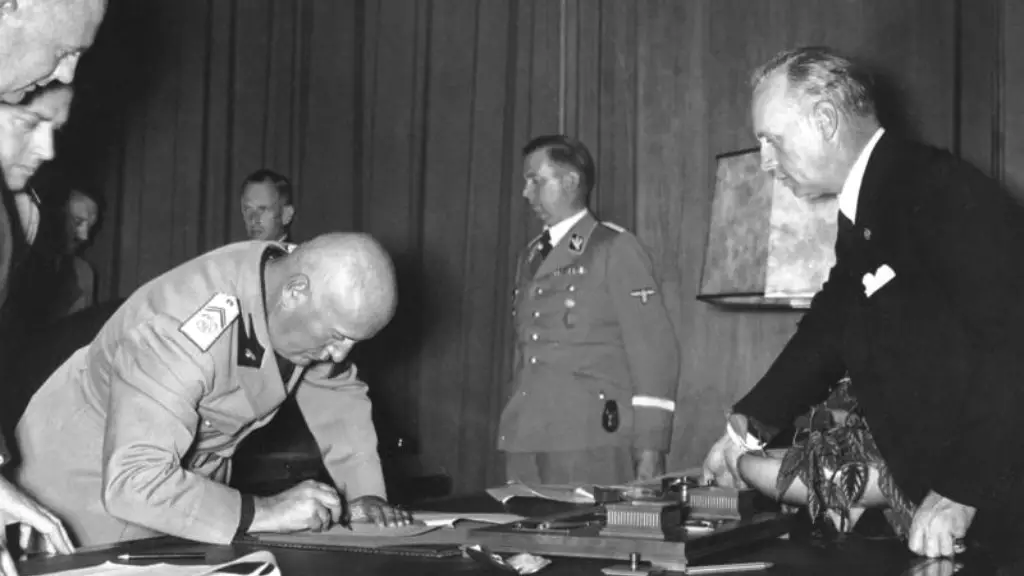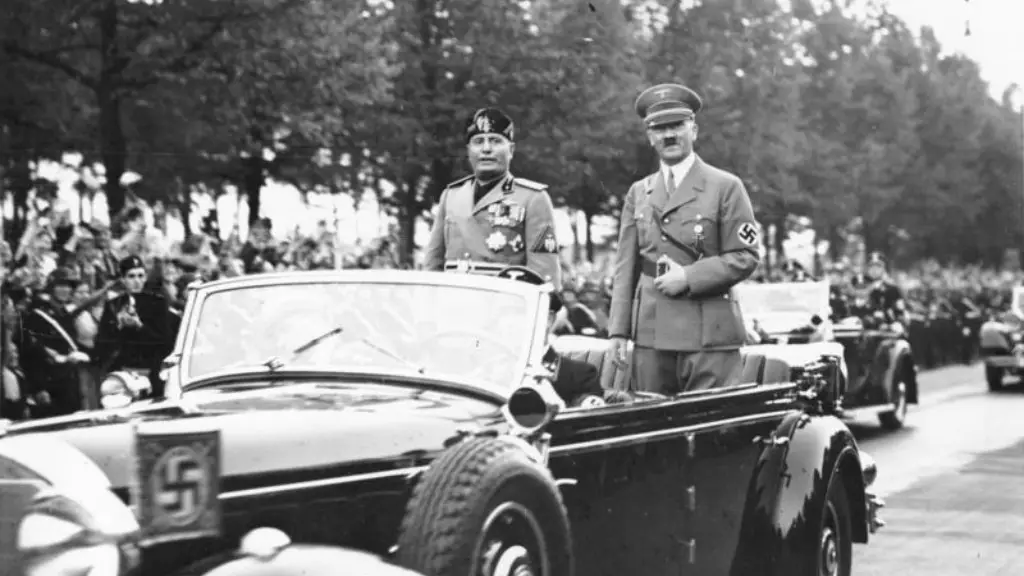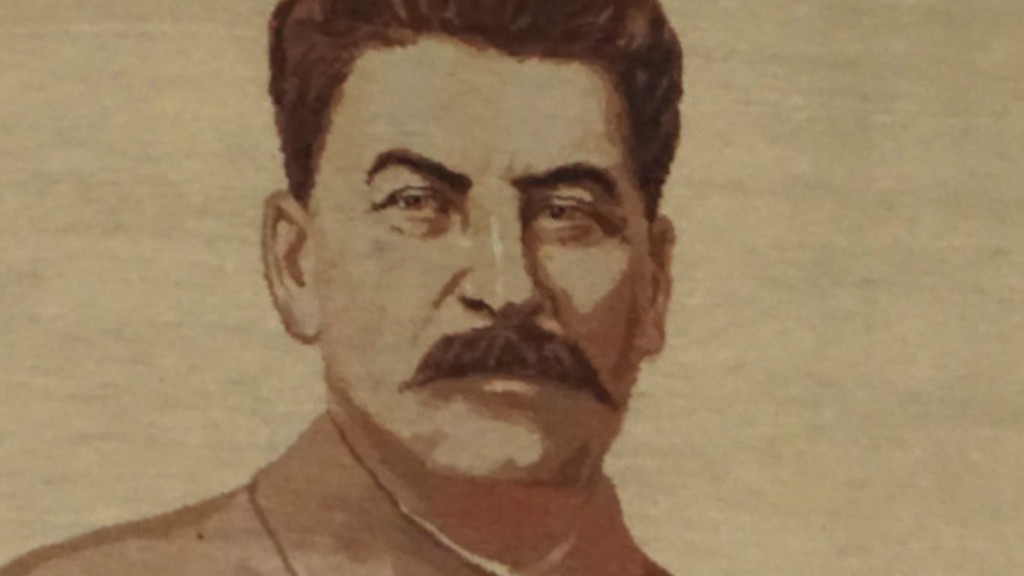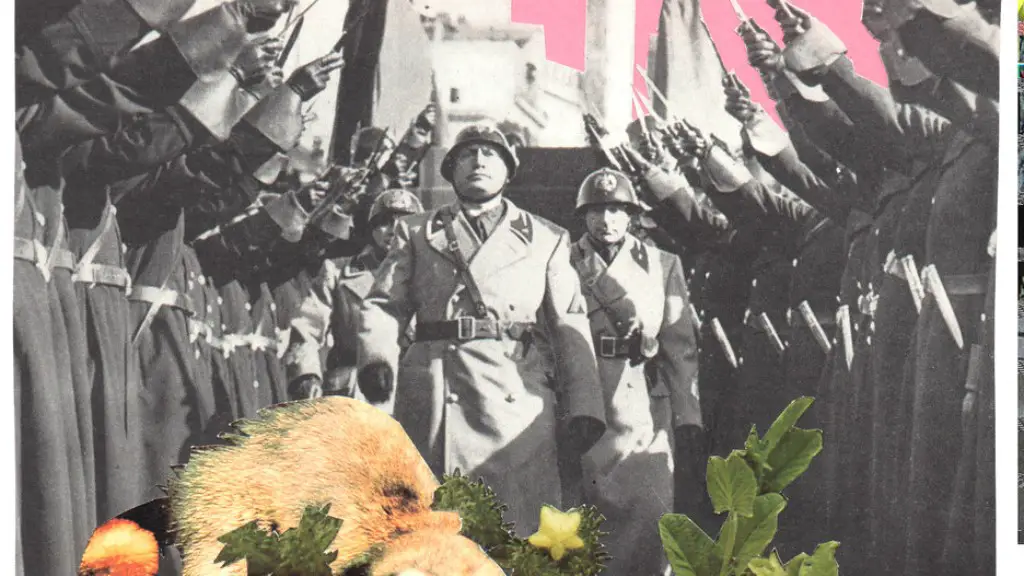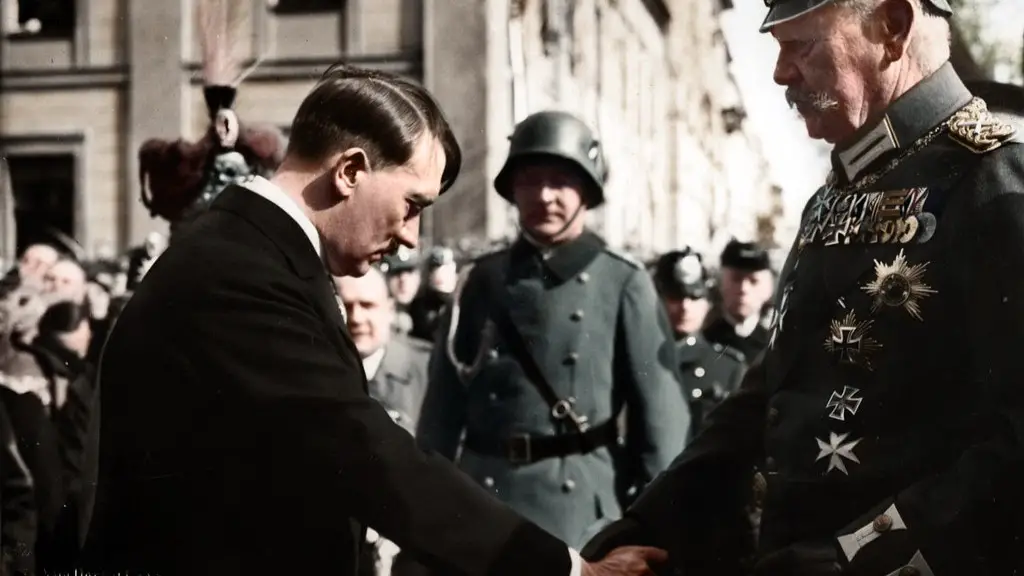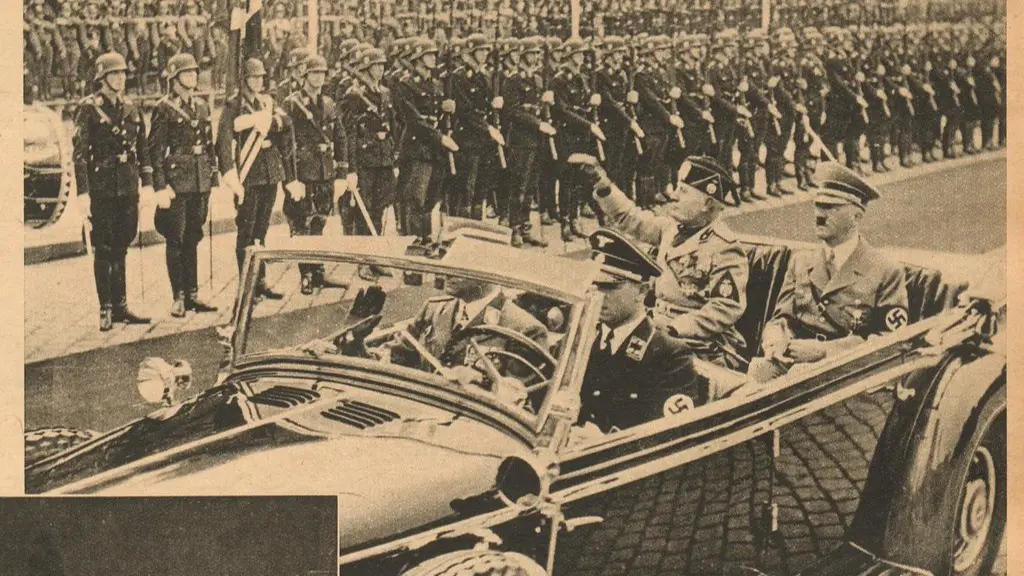Benito Mussolini was an Italian dictator who rose to power in the early 1920s. He was a charismatic leader who promoted a fascist ideology and gained a following among conservative Italians who were opposed to liberalism and communism. In 1922, Mussolini staged a coup and seized control of the government. He abolished democracy and instituted a dictatorship. Over the next several years, Mussolini consolidated power and oppressed his opponents. He violated human rights, suppressed freedom of speech and assembly, and instituted a secret police force. Mussolini also aligned himself with Nazi Germany and embarked on a program of military expansion. His actions led to Italy’s involvement in World War II, which ultimately resulted in his downfall.
Mussolini’s policies helped to degrade democracy in Italy. He limited freedom of speech and assembly, abolished elections, and placed all power in the hands of his fascist party. Mussolini also instituted strict censorship, banned opposition parties, and used violence and intimidation to maintain control. These actions created an environment in which democracy could not thrive, and ultimately led to the downfall of the Italian government.
How did Mussolini change the government?
Mussolini was a fascist dictator who ruled Italy with an iron fist. He declared all political parties illegal except for his own Fascist Party. He outlawed labor unions and strikes. He also established a political police force, the Organization for Vigilance and Repression of Antifascism. A Fascist Grand Council rubber-stamped Mussolini’s decrees and made parliament irrelevant.
It is true that democracy is talking itself to death. The people do not know what they want and they do not know what is the best for them. There is too much foolishness and too much lost motion.
What caused the downfall of Mussolini
Fascism ultimately collapsed due to a combination of allied military victories and popular rebellions. Among the latter, strikes by industrial workers in Nazi-controlled northern Italy were particularly significant.
Mussolini was a very controversial leader during his time. He had many strengths, such as his ability to consolidate power, use propaganda effectively, and improve relations with the Catholic Church. However, he also had several weaknesses, such as his poor economic policies, lack of foresight in foreign policy, and his close relationship with the Nazis. Overall, Mussolini was a very complex leader with a lot of both good and bad qualities.
What did Benito Mussolini do after gaining control over Italy’s democratic government?
After Benito Mussolini gained control over Italy’s democratic government, he abolished elections and banned all other political parties. This allowed him to establish a totalitarian dictatorship in Italy.
Fascism is a political movement that rose to power in the early 20th century, in response to the widespread discontent following World War I. Fascism is characterized by its aggressive nationalism, populist rhetoric, and violent tactics. Benito Mussolini, the leader of the Italian fascist movement, was able to amass a large following and eventually came to power in 1922. Mussolini’s regime would go on to be one of the most brutal and oppressive of the 20th century, before being toppled in 1945.
What changes to the economy did Mussolini make?
Although Mussolini was a fascist, he appointed Alberto De’ Stefani, a man with free market economic views, as his Minister of Finance. De’ Stefani simplified the tax code, cut taxes, curbed spending, liberalized trade restrictions and abolished rent controls. These policies provided a powerful stimulus to the Italian economy.
This is a very accurate description of what has happened in the United States. The majority of people have discovered that they can vote themselves largess out of the public treasury and they have done so. This has led to the downfall of democracy in the United States.
Who said the best argument against democracy
Winston Churchill was a British politician and statesman who was the Prime Minister of the United Kingdom from 1940 to 1945, during the Second World War. He is widely regarded as one of the greatest leaders of the 20th century, and was famous for his inspirational speeches and his refusal to give in to defeat.
One of Churchill’s famous quotes is “The best argument against democracy is a five-minute conversation with the average voter.” This quote is often used to highlight the supposed flaws of democracy, namely that the average voter is not well-informed or articulate enough to make good decisions.
However, it is worth noting that Churchill himself was a lifelong advocate of democracy, and he only made this comment in jest. In reality, he believed that democracy was the best system of government, and that its strength lay in the fact that it allowed for the collective wisdom of the people to triumph over the individual mistakes of any one person.
Mussolini’s goal was to establish himself as a dictator and gain complete control over Italy. He did this by constructing the Italian parliament in a way that benefitted the fascists and by suppressing any opposition to his rule. This allowed him to effectively control the country and its people.
What did Mussolini do to?
Benito Mussolini was an Italian nationalist and the founder of Italian Fascism. He ruled Italy from 1922–1925 as Prime Minister, and from 1925–1943 as il Duce, the Fascist dictator. Mussolini’s Fascist takeover of Italy was an inspiration and example for Adolf Hitler and the Nazi Party in Germany.
Yesterday, on July 25, 1943, Italian fascist dictator Benito Mussolini was voted out of power by his own Grand Council. He was arrested upon leaving a meeting with King Vittorio Emanuele, who told Il Duce that the war is lost.
This is a momentous event, not just for Italy, but for the entire world. Mussolini was one of the main architects of the horrific violence and bigotry that characterized the first half of the 20th century. His removal from power is a significant step towards ensuring that such atrocities are never repeated.
We must never forget what Mussolini and his regime did. But we can take comfort in knowing that their reign of terror is finally over.
How did Benito Mussolini get control over Italy’s government
Mussolini was a fascist leader who came to power in 1922. He forced the king to yield the government and appointed himself prime minister. By 1925, he had dismantled Italy’s democratic government and declared himself Il Duce (“The Leader”). He was a dictator who ruled with an iron fist.
Mussolini first came to power in 1922 by demanding that the King make him Prime Minister. He then proceeded to create a dictatorial state in Italy by persecuting his opponents, controlling all aspects of the media, and promoting his nationalist rhetoric. This ultimately led to Italy’s involvement in World War II, which ended in the country’s defeat and Mussolini’s death.
What type of dictatorship was Mussolini?
Mussolini was a dictator who preached ultranationalism, anti-communism, and anti-liberalism. He was one of the key figures in the creation of fascism, and he led Italy into a period ofdictatorship in the 1920s and 1930s. Mussolini was assassinated in 1945, and his regime toppled shortly thereafter.
Mussolini was a dictator who used various tactics to seize power, including undermining judges and indoctrinating children. He was also a pioneer in the use of propaganda to control the masses.
What ideology did Mussolini believe in
Italian fascism was founded on the political philosophy of National Socialism, which emphasizes the extension of government control over private sector activity in order to promote national unity and strength. This control is typically achieved through totalitarianism, a single-party dictatorship, regulation of the economy, and promotion of aggressive nationalism. Italian fascism also promotes a corporatist economic system, in which businesses and workers are organized into guilds or syndicates in order to increase efficiency and productivity.
Italian fascism has been a major influence on right-wing political movements in other countries, including Oswald Mosley’s British Union of Fascists, the Golden Dawn in Greece, and the National Syndicalists in Spain.
Mussolini was one of the most important political leaders in early 20th-century Europe. He was the founder of the Fascist movement in Italy and served as that country’s dictator from 1922 to 1943.
In December 1914, Mussolini denounced orthodox socialism for failing to recognize that the war had made national identity and loyalty more significant than class distinction. He argued that the war had created a new reality that required a new approach to politics.
Mussolini’s ideas were influential in the development of Italian Fascism and Nazi Germany. His advocacy of national unity and aggressive foreign policy helped to lead his country into World War II.
Final Words
Benito Mussolini downgraded democracy by turning Italy into a dictatorship. He eliminated political opponents, controlled the media, and used violence to stay in power.
Benito Mussolini downgraded democracy by establishing a dictatorship in Italy. He did away with political parties and introduced strict censorship. He also had his opponents killed or imprisoned. Mussolini’s reign came to an end when the Allies invaded Italy during World War II.
